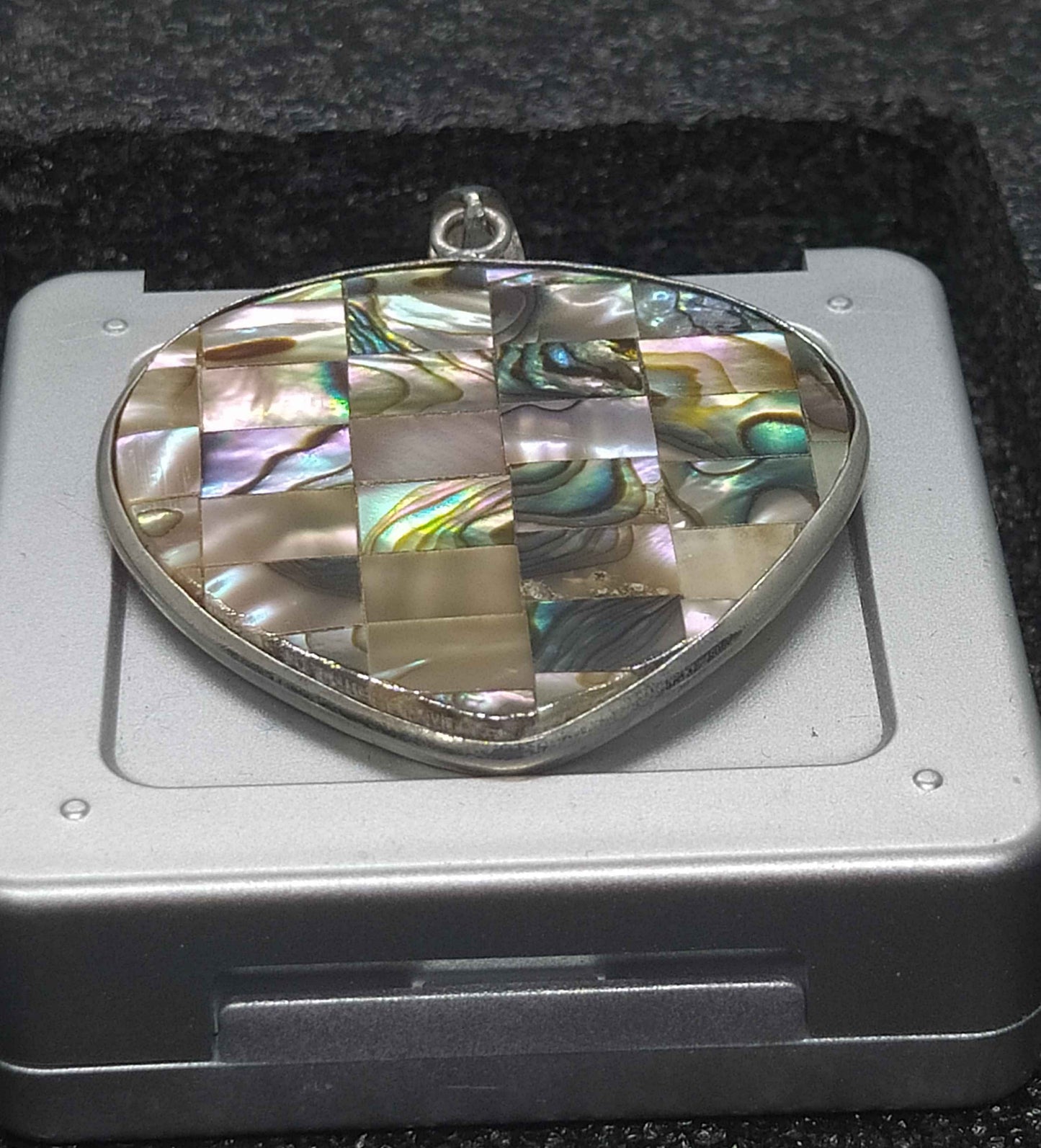1
/
of
3
cherrygemssg
Natural Shell
Natural Shell
Regular price
$10.00 SGD
Regular price
Sale price
$10.00 SGD
Unit price
/
per
Shipping calculated at checkout.
Couldn't load pickup availability
Mother of pearl, also known as nacre, is an iridescent, lustrous substance that forms the inner layer of the shells of certain mollusks, particularly oysters and abalone. It's a natural material that has been valued for its beauty and used in various forms of decorative arts and crafts for centuries.
Here are some key points about mother of pearl:
Formation: Mother of pearl is produced by mollusks as a protective coating to cover irritants such as grains of sand or parasites that find their way into the mollusk's shell. The mollusk secretes layers of calcium carbonate (aragonite) and a protein called conchiolin, which form the shimmering, iridescent layers characteristic of mother of pearl.
Iridescent Properties: One of the most distinctive features of mother of pearl is its iridescence, which means it displays a range of colors that shift and change as light reflects off the layers. This effect is similar to the way a soap bubble or an oil slick exhibits a play of colors.
Use in Art and Jewelry: Mother of pearl has been used for centuries in various cultures around the world for decorative purposes. It has been used in jewelry making, inlay work, buttons, watch dials, musical instruments, and furniture embellishments. Its iridescence and unique patterns make it highly sought after for creating visually stunning and elegant pieces.
Sustainability: The harvesting of mother of pearl from mollusks has sometimes raised concerns about sustainability, as overharvesting can harm marine ecosystems. To address this, some sources of mother of pearl promote responsible harvesting practices and the conservation of mollusk populations.
Differences from Pearls: Mother of pearl should not be confused with pearls themselves. Pearls are formed when layers of nacre are deposited around an irritant within a mollusk's soft tissue, resulting in a solid, rounded gem. Mother of pearl, on the other hand, lines the interior of the shell and is not solid like a pearl.
Overall, mother of pearl is a beautiful and unique natural material that has captivated humans for its stunning appearance and versatile applications in art, culture, and industry.
Here are some key points about mother of pearl:
Formation: Mother of pearl is produced by mollusks as a protective coating to cover irritants such as grains of sand or parasites that find their way into the mollusk's shell. The mollusk secretes layers of calcium carbonate (aragonite) and a protein called conchiolin, which form the shimmering, iridescent layers characteristic of mother of pearl.
Iridescent Properties: One of the most distinctive features of mother of pearl is its iridescence, which means it displays a range of colors that shift and change as light reflects off the layers. This effect is similar to the way a soap bubble or an oil slick exhibits a play of colors.
Use in Art and Jewelry: Mother of pearl has been used for centuries in various cultures around the world for decorative purposes. It has been used in jewelry making, inlay work, buttons, watch dials, musical instruments, and furniture embellishments. Its iridescence and unique patterns make it highly sought after for creating visually stunning and elegant pieces.
Sustainability: The harvesting of mother of pearl from mollusks has sometimes raised concerns about sustainability, as overharvesting can harm marine ecosystems. To address this, some sources of mother of pearl promote responsible harvesting practices and the conservation of mollusk populations.
Differences from Pearls: Mother of pearl should not be confused with pearls themselves. Pearls are formed when layers of nacre are deposited around an irritant within a mollusk's soft tissue, resulting in a solid, rounded gem. Mother of pearl, on the other hand, lines the interior of the shell and is not solid like a pearl.
Overall, mother of pearl is a beautiful and unique natural material that has captivated humans for its stunning appearance and versatile applications in art, culture, and industry.
Share






